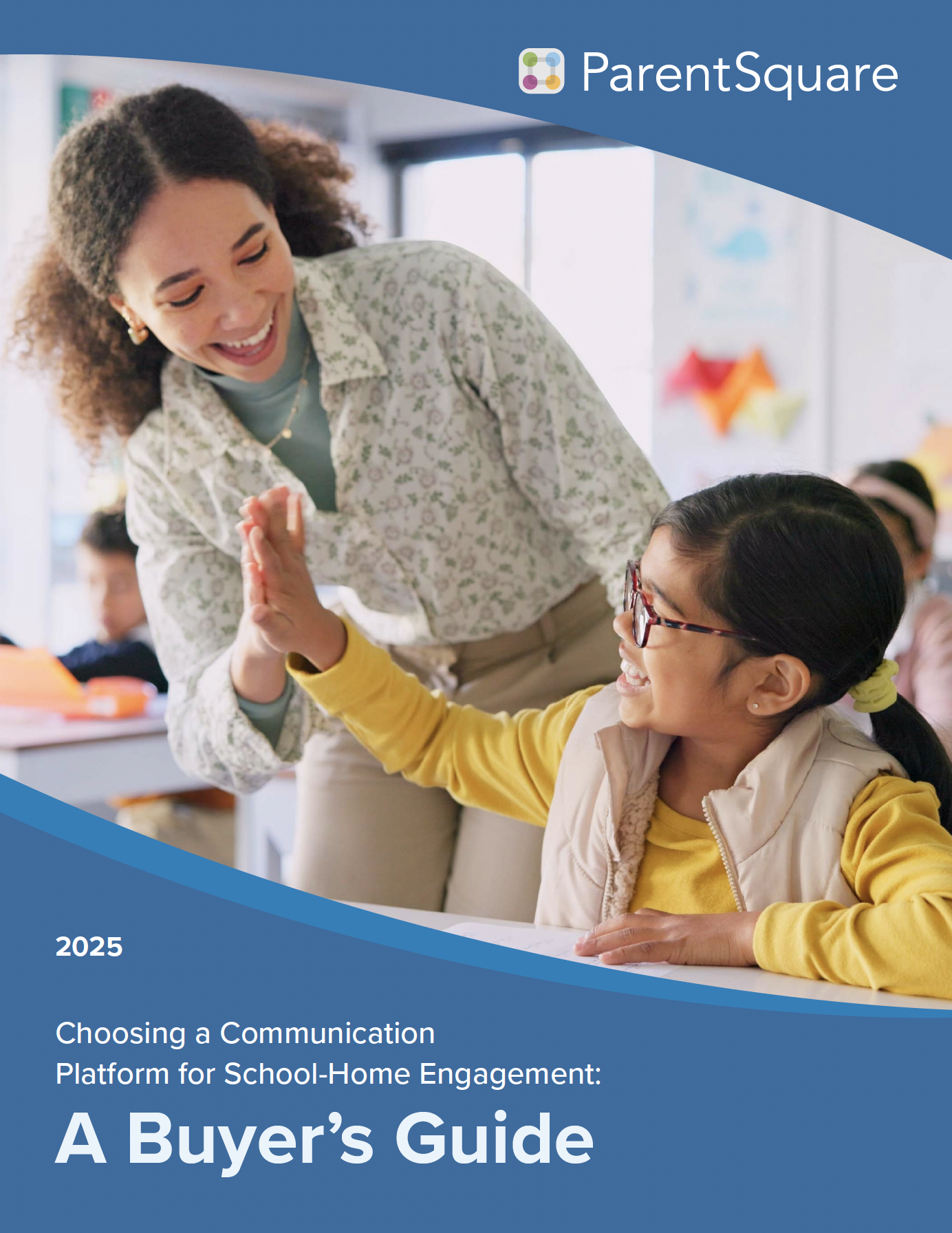Connectedness and supportive relationships are at the core of being human. We’re motivated to share our stories and learn from others with similar experiences and interests in order to create a greater sense of companionship. This creates the foundation for a productive and successful community.
At Peabody Charter Elementary, the same principles apply to our approach to education. Administrators, teachers and parents share one common focus as an education community: ensuring students’ success. The students are what bring the community together.
A child’s education is often the longest relationship parents will have with an organization, and it’s a journey that parents, teachers and administrators should take together.
We spend considerable time and energy building the Peabody education community, and school leaders can explore these strategies as they strive to enhance their parent and community outreach initiatives:
1. Modernize Your School-Home Connection
Administrators, teachers and parents are busier than ever, and they’re constantly “on the go.” It’s difficult for parents to manage daily work schedules while playing active roles in their child’s education and interacting with teachers. Parents increasingly want to communicate using the same mobile devices they use for myriad other tasks. It’s important for schools to recognize this growing trend and meet parents in the middle when it comes to school-home communication. We use a communication platform to streamline dialogue between parents and teachers.
2. Tell Amazing Stories
Each school has amazing stories to tell. Each and every day, teachers are providing incredible opportunities for their students to learn and grow. Students are regularly surprising everyone around them with their enthusiasm, insights and learning. In the past, schools were limited to using tools like bulletins and often relied on parents to convey the story about the school’s core values and signature programs. While these tools are still used, we can now incorporate 21st century tools to tell our school’s story.
3. Create Volunteer Opportunities
We now have tools to invite parents and community members to join the school community and create ways for them to easily get involved. Asking for parents to volunteer a few times a month creates a new way for administrators and teachers to engage and connect with parents. For example, by using the school’s communication platform to search the school community for specific skills, we can better match what the school needs, and what parents feel comfortable providing. A parent who is a scientist at the local university might volunteer to give a talk to students about the water cycle, or a parent who likes to garden might lead a grade level in a gardening project.
4. Gather, Just To Gather
Many school events serve specific needs. We gather for student-teacher conferences. We gather for fundraisers. We gather to watch students perform or show what they’ve learned.
A great example of this type of gathering is our fall Harvest Carnival. With games, music and lots of amazing homemade food, it draws our community together in ways that strengthen social bonds. Other ideas might include outdoor movie nights or gatherings at local businesses off campus. Whatever the venue, it is important for school communities to get together and have fun.
Final Thoughts
A sense of community is important not only in bringing people together and building strong relationships, but also in the overall success of the group itself. The students in an education community bind the people most influential in their academic lives together, ultimately leading to academic achievement. Modern technology is changing the way schools can engage with parents. Striking the right balance between face-to-face communication and technology-driven communication is key in keeping busy parents involved and interested in what’s happening at school.

About the author: An educator for 22 years, Demian Barnett has had the privilege of teaching at the elementary through university level and has been a high-school and elementary administrator. Barnett is the principal at Peabody Charter, where the school uses ParentSquare to connect the school with the community. This article was originally published on SmartBlog.







